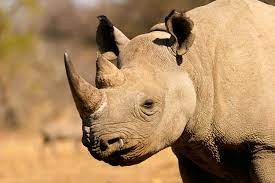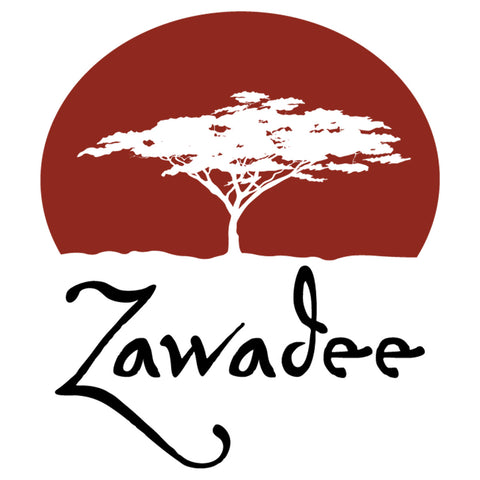Help Stop Poaching In Africa – What You Need to Know
Most people have probably heard about the issues with poaching in Africa, and you may have even seen some of the images in National Geographic or on the Internet or television. What most people fail to realize, though, is how brutal and serious an issue poaching actually is.
Illegal wildlife trade is a $19 billion per year industry – something that is causing some of the most endangered species on earth to reach critically low levels. Without action, many of these species could become extinct a lot sooner than you think.

- In 2013, 1004 rhinos were killed in South Africa alone.
- If poaching continues at the current rate, there will be no rhinos left in the wild by 2025.
- Even though the ivory trade was banned in 1989, last year, poaching levels have returned to those of the 1980s.
- 25,000 elephants were killed in Africa last year – this equates to 3 elephants every hour, every day.
- At the turn of the 20th century, chimpanzees numbered between 1 and 2 million . . . now there are estimated to be fewer than 300,000 remaining in the wild.
A New Approach to Catching Poachers – The Analytical Model of Poaching Behaviour in Africa. While many studies believe that technology is the solution, the University of Maryland’s Institute for Advanced Computer Studies has taken a different approach. They have developed the world’s first analytical model of poaching behaviour in Africa. The model has found that rather than trying to find the poachers, it’s more important to find the prey. Once the animals are identified in the wild, rangers can be sent out to the region to protect them against poachers. Read more about the model and findings from the project: http://www.umiacs.umd.edu/about-us/news/research-tom-snitch-featured-uk-telegraph

The issue with animal poaching is not an isolated topic. In fact, Hollywood star and environmental activist, Leonardo DiCaprio, has teamed up with Netflix to produce a film/documentary titled Virunga to create more awareness for this issue. The film follows a group of rangers at Virunga National Park in the Democratic Republic of Congo as they attempt to protect endangered gorillas from poachers. “Films like Virunga are powerful stories that are a window into the incredible culture and natural diversity of our world, the forces that are threatening to destroy it, and the people who are fighting to protect it,” says DiCaprio in an interview with Entertainment Weekly.
The film will be released in theatres in New York and Los Angeles on November 7th. It will also be available on Netflix.
WATCH THE MOVIE TRAILER: http://www.netflix.com/WiMovie/80009431 LEARN MORE ABOUT THE FILM: http://virungamovie.com/

Jane’s work today focuses on inspiring action on behalf of endangered species, specifically chimpanzees. Her institute also includes community-centered conservation programs in Africa, including sustainable development projects that engage local people as true partners. To support the Jane Goodall Institute and to help fight the illegal bush meat trade and illegal poaching in Africa and help protect chimpanzees, gorillas, elephants, rhinos, and more, you can make a donation here: Donate to the Jane Goodall Institute Please remember that Zawadee donates 2% of all sales of our African Wildlife products (carvings, sculptures, masks, etc.) to the World Wildlife Fund and The Jane Goodall Institute to help them protect species at risk.














